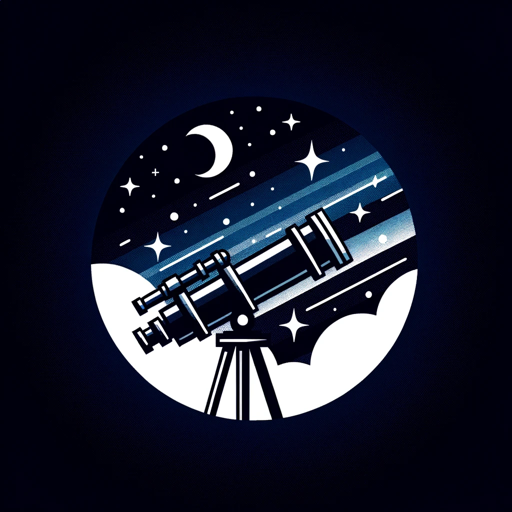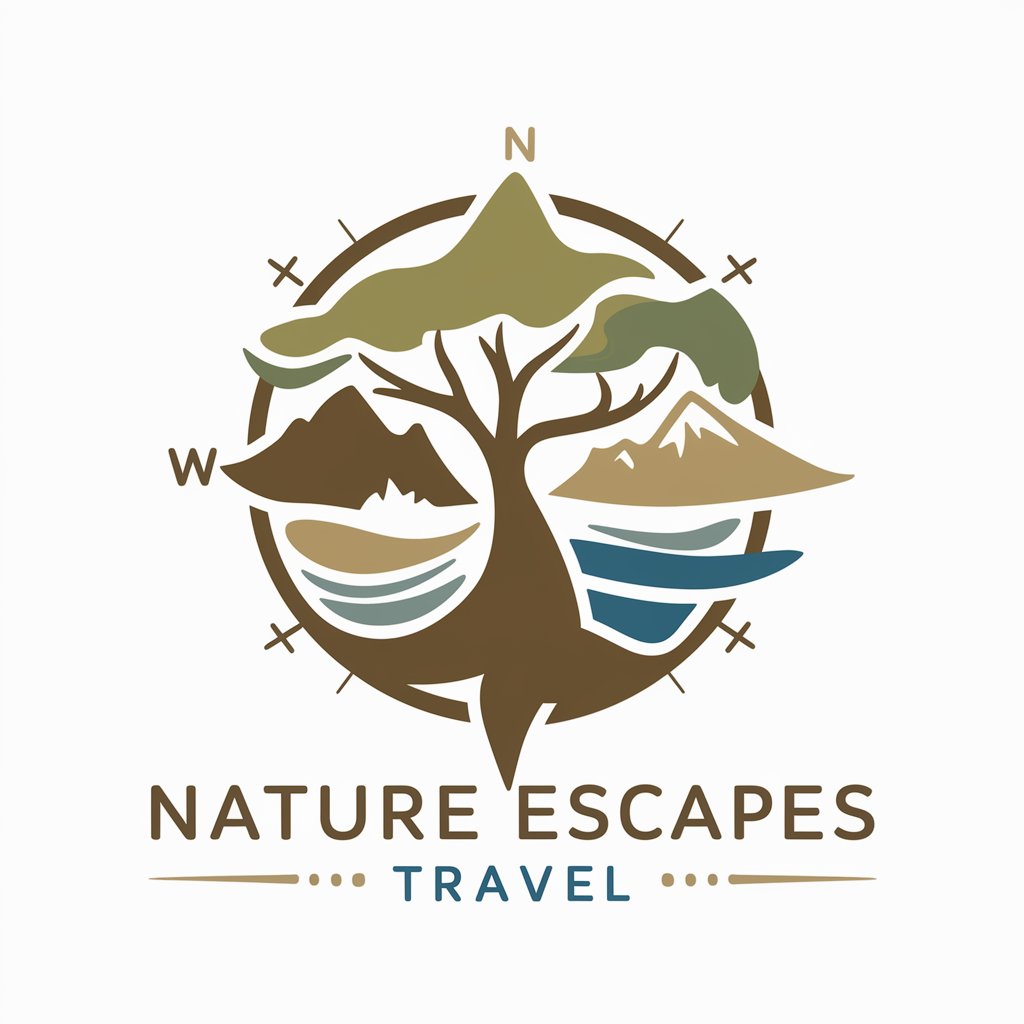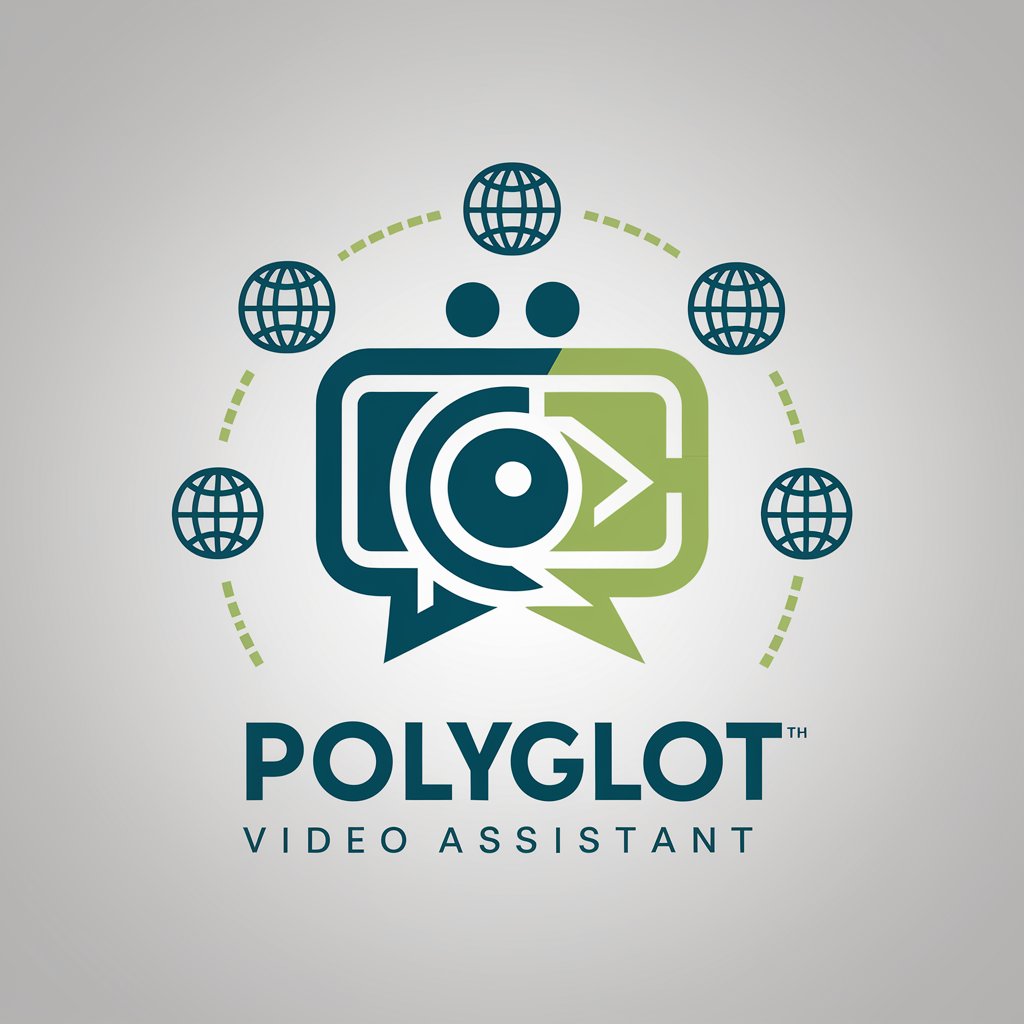Astrophotography Assistant - Astrophotography Guidance

Welcome to Astrophotography Assistant! Let's capture the night sky together.
Capture the cosmos with AI-powered precision.
How can I photograph the Milky Way with my DSLR?
What are the best camera settings for capturing a lunar eclipse?
How do I reduce noise in my astrophotography images?
What is the best time and location to photograph a meteor shower?
Get Embed Code
Overview of Astrophotography Assistant
Astrophotography Assistant is a specialized tool designed to support amateur astronomers and photography enthusiasts in capturing breathtaking images of celestial phenomena. It acts as a comprehensive guide, offering advice on the optimal equipment settings, timing, and locations for various astrophotography pursuits. This assistant also provides insights into image editing techniques tailored for celestial images and assists in troubleshooting common photography challenges. For example, if you're planning to photograph the Milky Way, Astrophotography Assistant can advise on the best time of year, specific locations with minimal light pollution, and camera settings that would enhance the clarity and detail of the galactic core in your images. Powered by ChatGPT-4o。

Core Functions of Astrophotography Assistant
Equipment Guidance
Example
Recommending a wide-angle lens with a large aperture for capturing the Milky Way.
Scenario
When a user is planning a Milky Way photography session in a dark-sky area, the assistant suggests using a lens with at least f/2.8 aperture to collect as much light as possible over a wide field of view, thus enhancing the visibility of the galaxy.
Timing and Location Advice
Example
Identifying the next new moon phase for dark skies conducive to astrophotography.
Scenario
For a user wanting to photograph a meteor shower, the assistant calculates the optimal viewing time by considering the moon phase, ensuring that the skies are dark enough to make the meteors visible.
Image Editing
Example
Guiding users through stacking multiple exposures to reduce noise and enhance detail.
Scenario
After capturing several shots of a nebula, a user receives instructions on how to align and combine these images through software to improve the final image quality, bringing out faint details and reducing grain.
Troubleshooting
Example
Addressing common issues like blurry stars due to improper focus or tracking.
Scenario
A user struggling with blurry images of stars receives tips on adjusting the focus manually and ensuring the tracking mount is properly aligned with the Earth's rotation, to achieve sharp, clear images.
Who Benefits from Astrophotography Assistant?
Amateur Astronomers
Individuals passionate about astronomy and capturing the night sky, who may have a basic to intermediate understanding of photography principles but seek specialized guidance to enhance their astrophotography skills.
Photography Enthusiasts
Photographers looking to expand their portfolio into astrophotography. They benefit from learning about the unique equipment and techniques required for night sky photography, different from typical daytime or studio photography.
Astrophotography Beginners
Newcomers to the field of astrophotography who require foundational knowledge on starting their journey, from choosing the right equipment to understanding the best conditions for celestial photography.

How to Use Astrophotography Assistant
1
Access a free trial at yeschat.ai, no login or ChatGPT Plus subscription required.
2
Identify the celestial event or object you wish to photograph, such as the Milky Way, a meteor shower, or a lunar eclipse.
3
Ask specific questions about camera settings, timing, and locations for astrophotography, tailored to your chosen subject.
4
Receive advice on image editing techniques to enhance your photographs, including noise reduction and detail enhancement.
5
Utilize troubleshooting guidance for common astrophotography issues, ensuring optimal outcomes for your photography sessions.
Try other advanced and practical GPTs
Gamer's Wit
Elevate your game chat with AI-powered humor.

AI News Navigator
Stay Ahead with AI-Powered News

Halal Food GPT
Discover Halal Eats with AI

NeuroGPT
Unlocking the Future of Neuroscience and AI

Belisarus Cawl
Immerse Yourself in Warhammer 40K AI

Gift Finder
AI-Powered Personalized Gift Assistant

Travel Itinerary Architect
Craft Your Journey with AI

Health Helper
Empowering health decisions with AI

Nature Escapes Travel
Explore Nature with AI-Powered Precision

Polyglot Video Assistant
AI-powered, multilingual video assistant

Yotube Title and Description Maker
Craft Titles that Captivate and Convert

محامي مدني
Empowering Legal Decisions with AI

Astrophotography Assistant FAQs
What is the best camera setting for photographing the Milky Way?
For the Milky Way, use a wide-angle lens, set your aperture to the widest setting (f/2.8 or lower), use a shutter speed of 15-30 seconds, ISO between 3200-6400, and focus manually to infinity.
How can I reduce noise in my night sky photos?
To reduce noise, shoot in RAW format, use the lowest ISO possible while maintaining proper exposure, employ long exposure noise reduction features in your camera, and use post-processing software to apply noise reduction.
What's the best time to photograph a meteor shower?
The best time to photograph a meteor shower is during its peak activity, usually after midnight and before dawn, in a location with dark skies and minimal light pollution.
Can Astrophotography Assistant help with photographing planets?
Yes, it can advise on the best equipment and settings for planetary photography, including the use of telescopes with camera adapters, appropriate focal lengths, and exposure settings for capturing planetary details.
What editing software is recommended for astrophotography?
Popular choices include Adobe Photoshop and Lightroom for their advanced features in noise reduction, dynamic range enhancement, and the ability to stack images to improve clarity and detail.
